The thresher shark, known by nicknames such as the sea monster or the “master of disguise,” hunts for prey beneath the ocean but is mostly harmless to humans.
The wobbegong shark is known as one of the most bizarre shark species on the planet. Belonging to the family Orectolobidae and the only species in the genus Eucrossorhinus, it inhabits the coral reefs off the northern coast of Australia, New Guinea, and nearby islands.
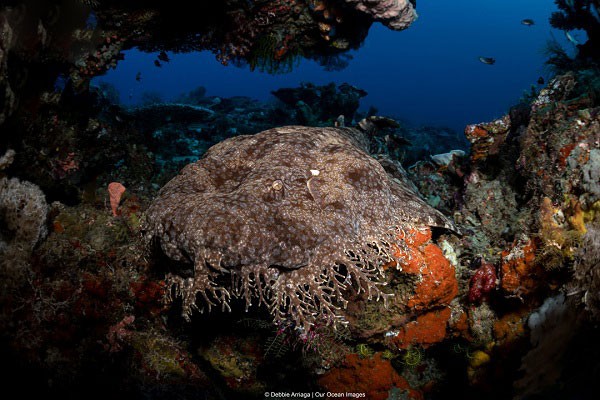
With a broad and flattened body, spotted skin, and fringed barbels, it is also known as the carpet shark. When born, wobbegong sharks are approximately 20 cm long, and as adults, they can reach lengths of around 1.25 meters, with some individuals growing even larger.
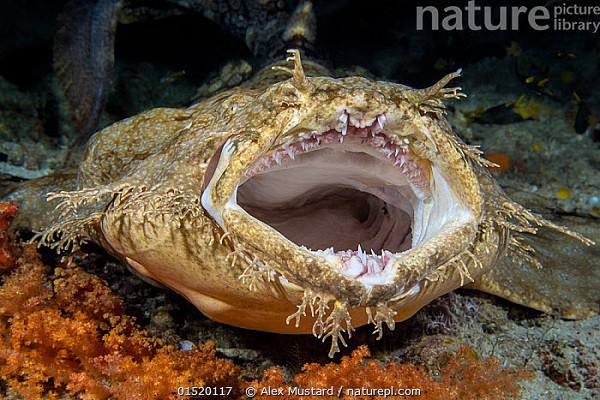
The wobbegong shark is renowned as a master of disguise in the ocean. By utilizing its spotted skin and barbels resembling seaweed, they mimic coral, hiding beneath the sandy ocean floor.
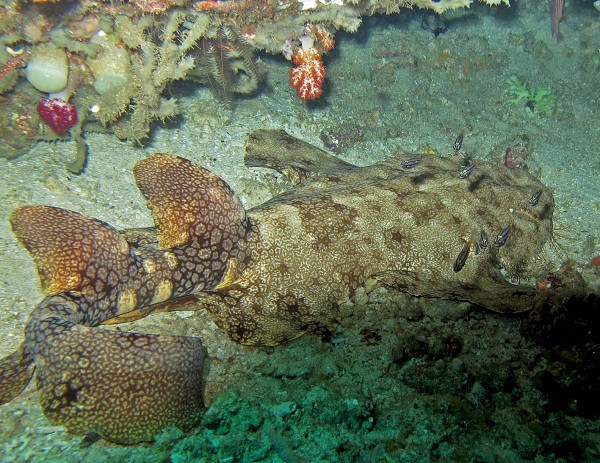
With this advantage and a “super-sized” mouth, they can deceive and easily ambush their prey. Their favorite meals include small fish, squid, or crabs.
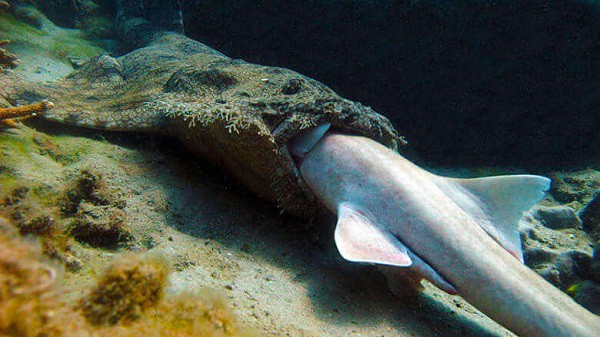
The wobbegong’s tactic involves lying still beneath the sand. When the prey comes close enough, they execute a lightning-fast attack. By opening their extremely wide mouths and using sharp, backward-facing teeth, they quickly engulf their prey, preventing it from escaping.
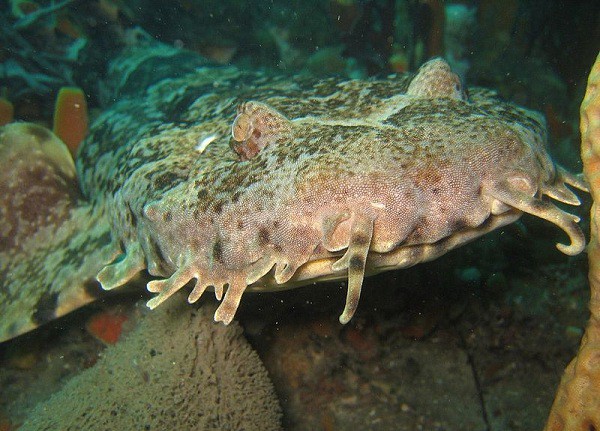
Wobbegong sharks can reshape their jaws for a wider bite, and their teeth point backward, preventing the prey from slipping out of their mouths.
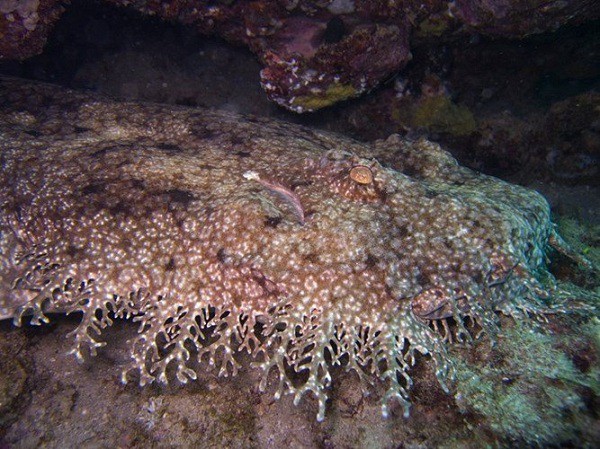
Although known as the “master of disguise” in hunting underwater, wobbegongs are generally harmless to humans. They only resort to attacking humans for self-defense if accidentally touched or stepped on.
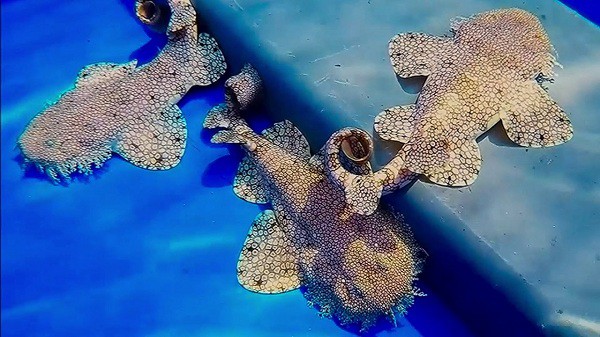
Currently, wobbegong sharks are classified as near-threatened species.




